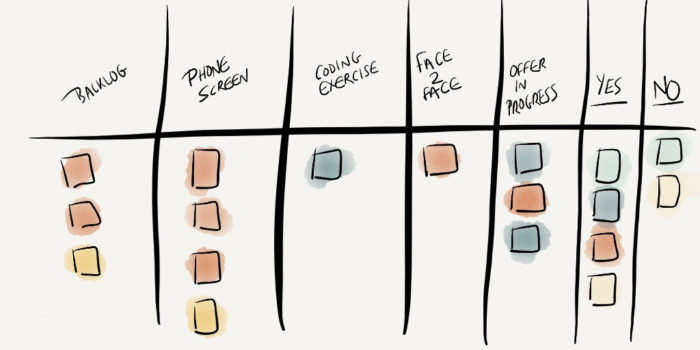You may have heard of Agile development, but do you know it can be implemented in recruitment as well? Agile Recruitment is a flexible, efficient and collaborative way of recruiting, especially under the current remote work trend.
What is Agile?
According to Atlassian, Agile “is an iterative approach to project management and software development that helps teams deliver value to their customers faster and with fewer headaches. Instead of betting everything on a “big bang” launch, an agile team delivers work in small, but consumable, increment.”
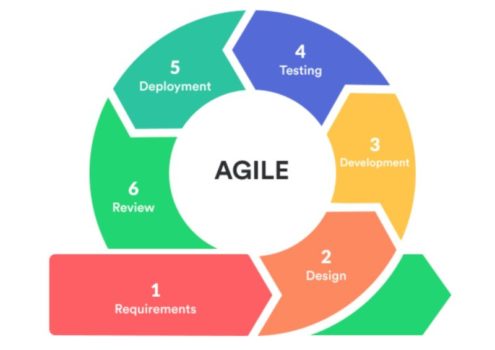
Image source: Hackernoon
How Agile Can Apply to Recruitment
Believe it or not, you may have already started implementing Agile Recruitment.
There are several concepts under Agile methodology – Scrum, Kanban, CI/CD (Continuous Integration / Continuous Delivery). We can apply them all to our daily recruitment. Here’s how:
Scrum
With my previous agency, our team had a daily “huddle,” which started at 9 am and ran for 15-30 minutes (Daily Stand-up). Account managers (Product Owner) and recruiters (Developers) went over the requisitions we were working on together within the given time period (Sprint), reviewed sourcing difficulties (Roadblocks) and defined solutions and focuses (Backlog).
That’s a perfect Scrum process in recruitment.
It may not be necessary for in-house recruitment teams to meet daily, as most of the requisitions take time to progress. For me, I run my own Scrum ceremonies and call them “mini stand-ups.” In my mini stand-ups, I review each of my requisitions and backlogs, identify the roadblocks, then define solutions and prioritise my day. My sprints usually last for two weeks. They include defining requirements, collecting resumes, screening candidates and scheduling interviews. In this case, I’m the Product Owner, Scrum Master and Development Team 🙂
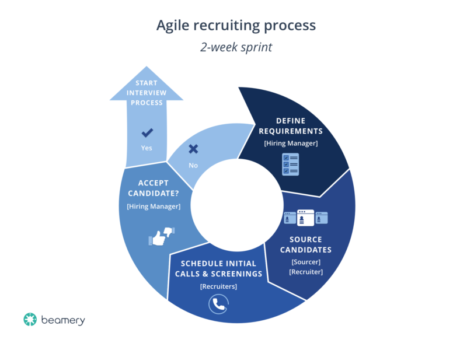
Image source: Beamery
Continuous Pipelining / Continuous Delivery
Similar to product releases, recruitment is a continuous effort, especially for niche roles. But instead of CI/CD, I call it “CP/CD.” Continuous pipelining helps the recruiter and hiring manager work closely and adjust the recruitment focus over the sourcing stage. Continuous delivery enables the hiring manager to identify the right fit quickly through submissions and interviews before pushing to offer (Production).
Unlike software releases, there’s an end to each requisition’s recruitment. Therefore, CP/CD should be activities within a short period for only one specific requisition. However, for holistic recruitment, especially where we get similar types of job requisitions, this should be a continuous practice.
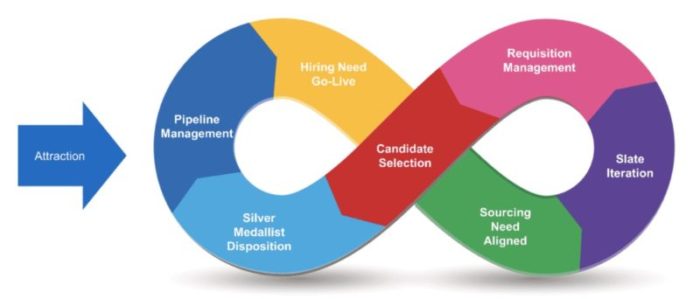
Image source: Rally
Kanban Methodology
Kanban is not only a great practice for recruitment but also for all other professions. Since we are specifically talking about Agile Recruitment, organizing requisitions by stages can help track recruitment progress, identify roadblocks and move things forward.
In the illustration below, each sticky note represents a candidate under one requisition, and each lane represents a stage of your recruitment process. You can also have a Kanban board for requisitions instead of candidates, depending on how you’d like to organize your work.
Many great online tools can help build your Kanban board–Trello, Asana, Kanban Tool, Toggl Plan, etc. Try them out and see which one fits you or your team best.
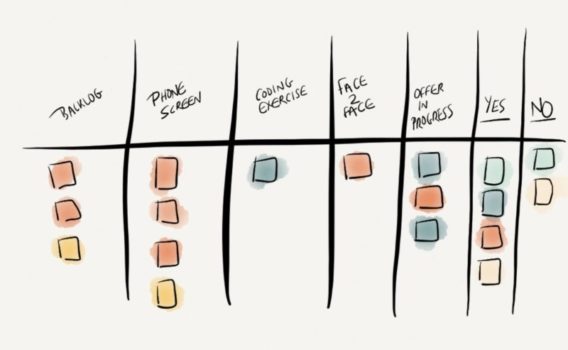
Image source: The Social Tester
Adopting an Agile Recruitment practice comes with great benefits. It makes it easier to adjust your search and performance quickly and ensures a seamless process. It also requires you and your team to review results and assess metrics more regularly, making it much easier to adapt as you go along.
